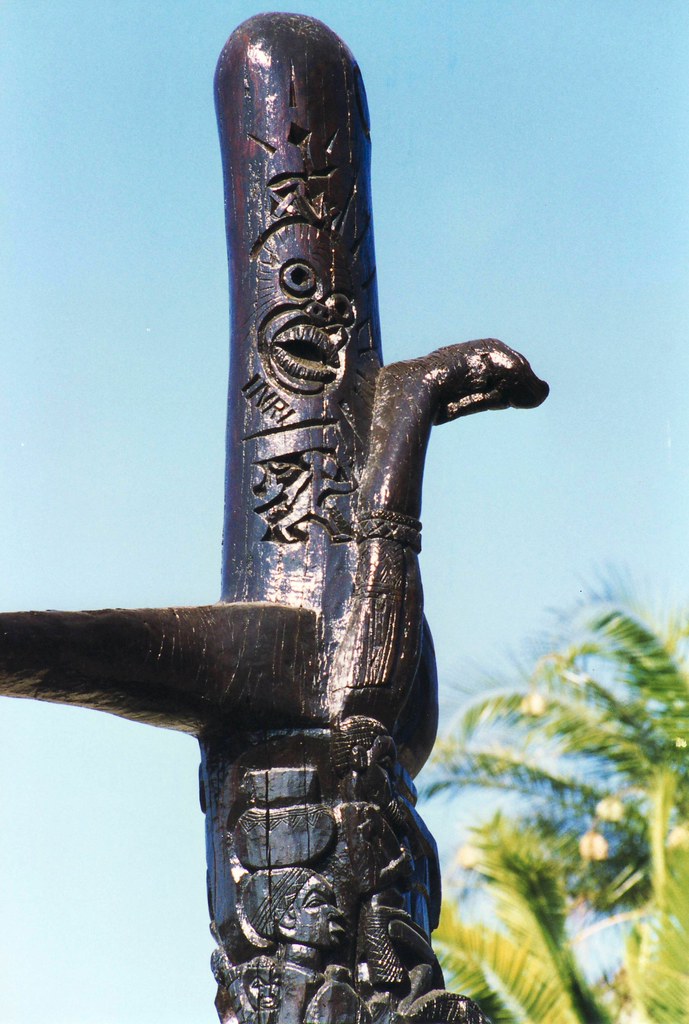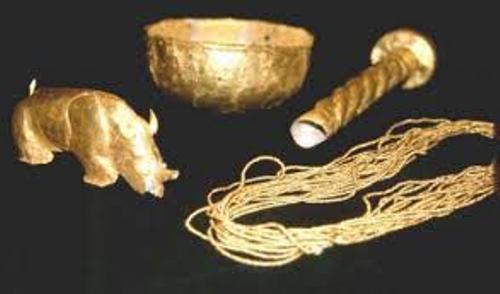OK fellows, I'm back with another 'Let's Talk African History' thread.
This is all about the area known today as Zimbabwe. Seriously guys, I thought you guys would've made a thread about this topic already?.............................
Anyway, I've always found Zimbabwe's cultures and history fascinating. From their stone works to their trade routes (they also played a major part in the Indian Ocean trade), to their warrior prowess (trust me they weren't to be underestimated).
Zimbabwe's history is filled with impressive kingdoms, empires, polities etc.
So let's discuss, post some stuff about Zimbabwe's history and what not.
I'll kick things off with the obvious:
The Kingdom of Great Zimbabwe
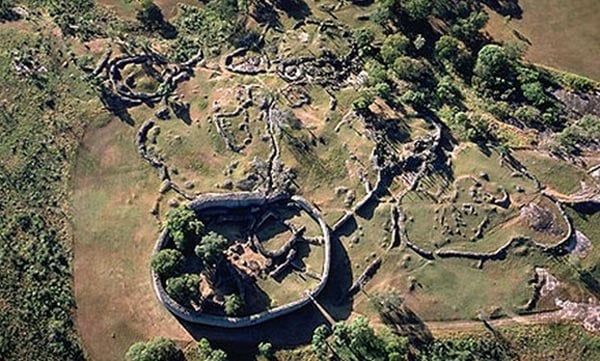


The Zimbabwe Bird

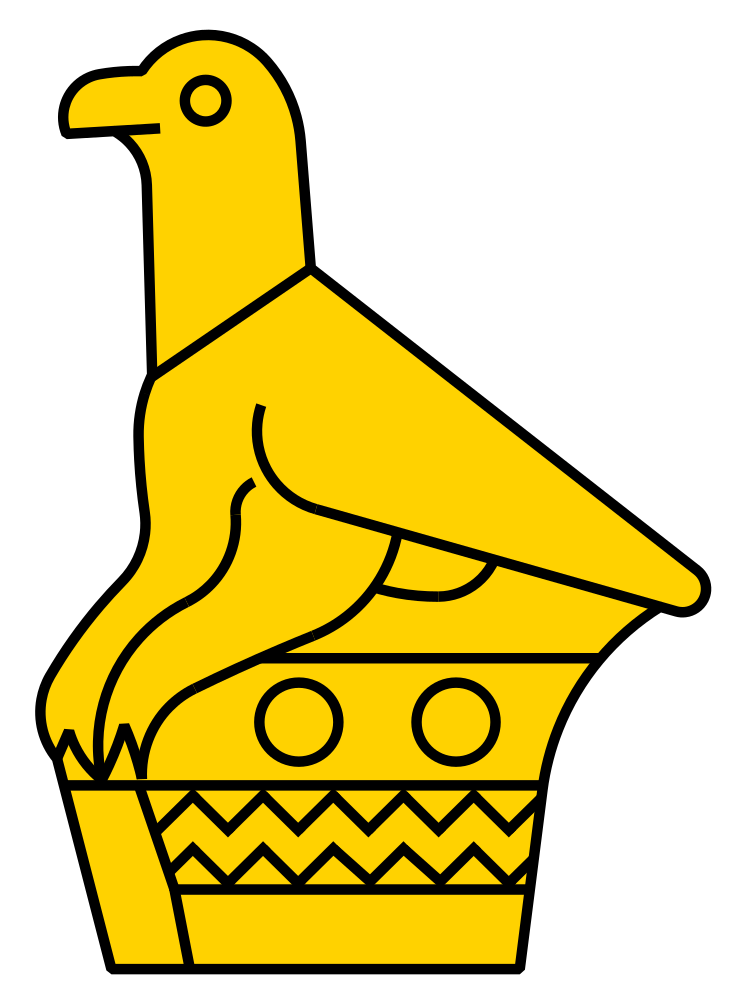

Bateleur Eagle/Chapungu


African Fish Eagle/Hungwe
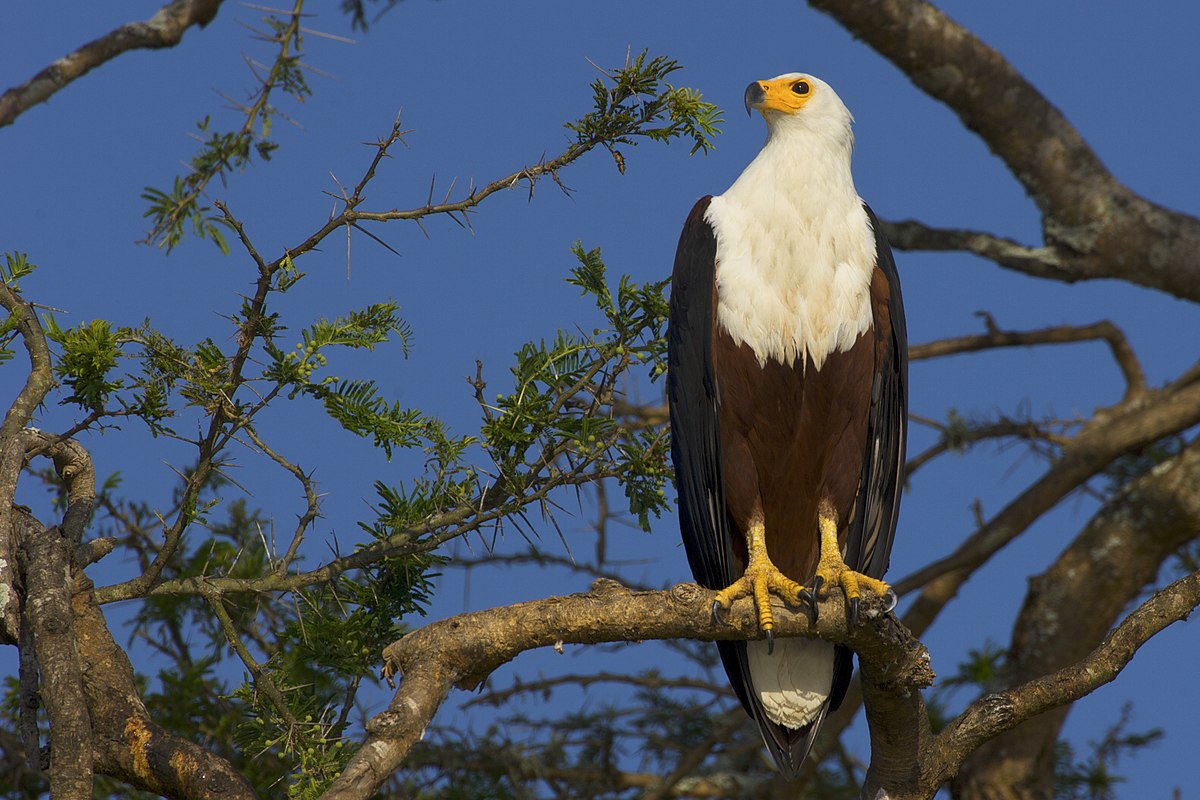

This is all about the area known today as Zimbabwe. Seriously guys, I thought you guys would've made a thread about this topic already?.............................
Anyway, I've always found Zimbabwe's cultures and history fascinating. From their stone works to their trade routes (they also played a major part in the Indian Ocean trade), to their warrior prowess (trust me they weren't to be underestimated).
Zimbabwe's history is filled with impressive kingdoms, empires, polities etc.
So let's discuss, post some stuff about Zimbabwe's history and what not.
I'll kick things off with the obvious:
The Kingdom of Great Zimbabwe



The Zimbabwe Bird



The stone-carved Zimbabwe Bird is the national emblem of Zimbabwe, appearing on the national flags and coats of arms of both Zimbabwe and Rhodesia, as well as on banknotes and coins (first on Rhodesian pound and then Rhodesian dollar). It probably represents the bateleur eagle or the African fish eagle. The bird's design is derived from a number of soapstone sculptures found in the ruins of the ancient city of Great Zimbabwe
Origins
The original carved birds are from the ruined city of Great Zimbabwe, which was built by ancestors of the Shona, starting in the 11th century and inhabited for over 300 years. The ruins, after which modern Zimbabwe was named, cover some 730 hectares (1,800 acres) and are the largest ancient stone construction in sub-Saharan Africa. Among its notable elements are the soapstone bird sculptures, about 40 centimetres (16 inches) tall and standing on columns more than 90 cm (3 ft) tall, which were originally installed on walls and monoliths within the city. They are unique to Great Zimbabwe; nothing like them has been discovered elsewhere.
Various explanations have been advanced to explain the symbolic meaning of the birds. One suggestion is that each bird was erected in turn to represent a new king, but this would have required improbably long reigns. More probably, the Zimbabwe birds represent sacred or totemic animals of the Shona – the bateleur eagle (Shona: chapungu), which was held to be a messenger from Mwari (God) and the ancestors, or the fish eagle (hungwe) which it has been suggested was the original totem of the Shona
Bateleur Eagle/Chapungu


African Fish Eagle/Hungwe


